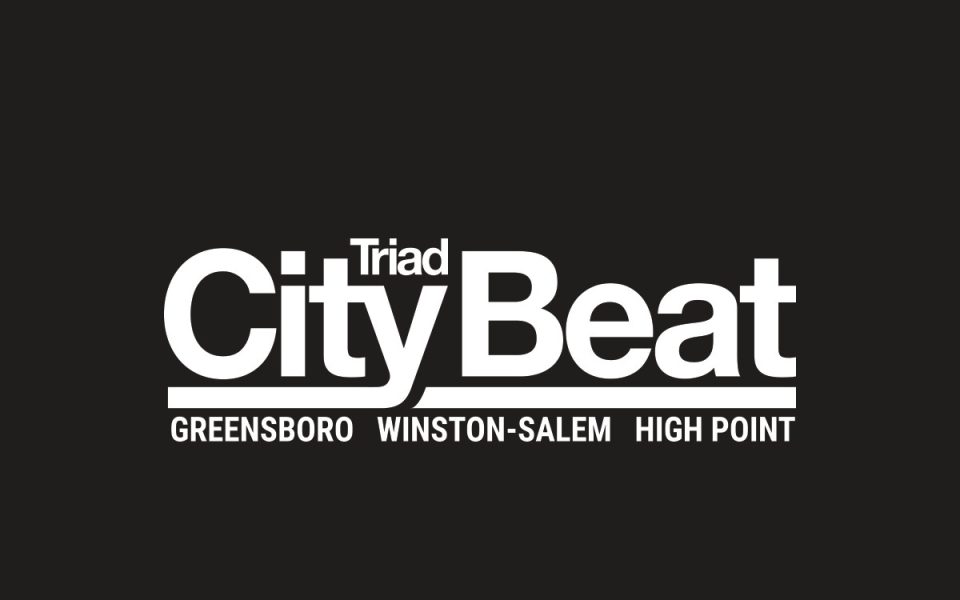When I was a kid, all I had was my feet and my bike. They got me everywhere I needed to go.
In New Orleans, I rarely had a car. I traveled by bus and streetcar, sometimes by cab if I had to go off the grid. I once moved in a cab, just called one up and loaded it with my stuff. The driver and I held the mattress on the roof all the way to the French Quarter.
Then I came to Greensboro.
Greensboro is the first city where I’ve ever lived where people drive somewhere to take a walk. From the moment I got here I clocked the lack of sidewalks, and the bus schedule that wraps up by 10 p.m. most nights. I wondered how people without cars got themselves around.
Now, almost exactly 15 years later, I know the answer: Not very well.
This week’s cover story, beginning on page 19, addresses issues of transportation, connectivity and walkability by focusing on a stretch of Greensboro road, just about fourmiles, and that most democratic of thoroughfares, the public sidewalk.
Greensboro is a city built for cars — at least it is now — with entire neighborhoods and commercial districts throughout that are inaccessible to people whose main means of conveyance is shoe leather.
It got that way because of cheap and copious land, but also planning policies that privilege people who can afford cars while disregarding the poor, and the resulting sprawl is just something we never got around to filling in.
It’s strange to see the sidewalks that lead to nowhere on Yanceyville Street, the street crossings bereft of painted crosswalks, the landscaping that forces pedestrian traffic, tolerated but not encouraged, onto the busy street.
And yet I’ve noticed that there are almost always people walking on Yanceyville Street, no matter the time of day. It’s like they didn’t get the memo.
Fact is, people need to get from Point A to Point B. And on Yanceyville Street, nobody can afford to wait for the city to build sidewalks.
This neighborhood is walkable by necessity, not by design.
And no doubt the irony is lost on many of people, both on the sidewalks and safely ensconced in their passing cars. While the city has spent $7 million so far on a greenway system connecting neighborhoods, the people of Yanceyville Street have been making do with a dirt path.
Join the First Amendment Society, a membership that goes directly to funding TCB‘s newsroom.
We believe that reporting can save the world.
The TCB First Amendment Society recognizes the vital role of a free, unfettered press with a bundling of local experiences designed to build community, and unique engagements with our newsroom that will help you understand, and shape, local journalism’s critical role in uplifting the people in our cities.
All revenue goes directly into the newsroom as reporters’ salaries and freelance commissions.






Leave a Reply